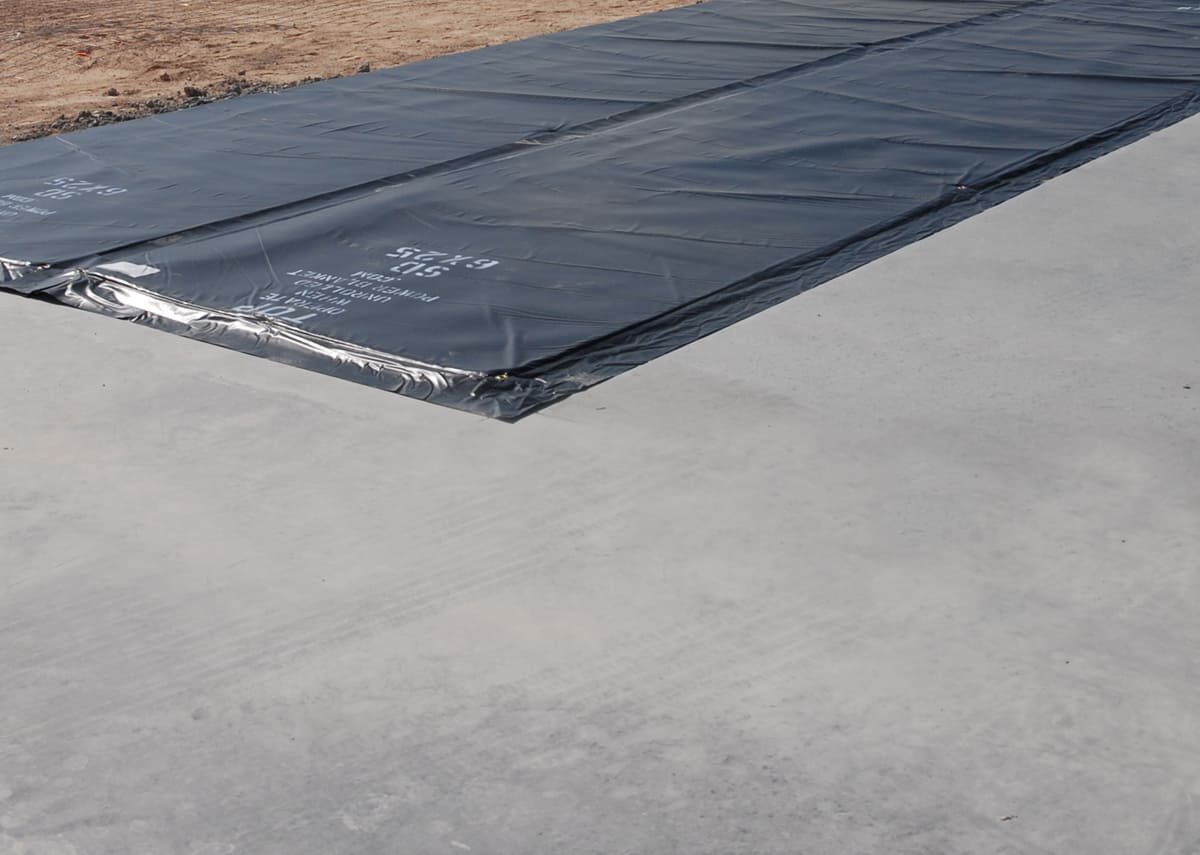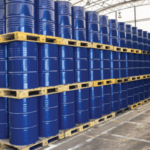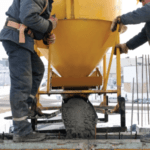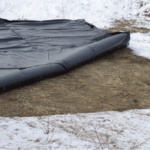Concrete cures best at temperatures above 50°F. When ambient temperatures are not warm enough, extra steps must be taken to ensure concrete reaches its full strength. Often, concrete admixtures that accelerate hydration are used.
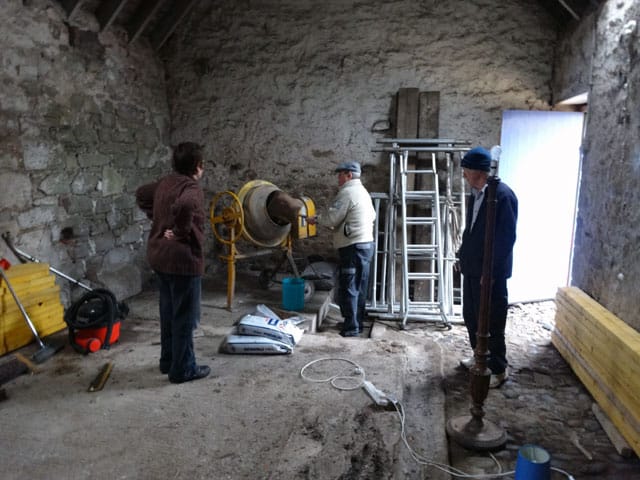
Cold Weather and Concrete
The American Concrete Institute defines cold-weather concrete as “a period when the average daily ambient temperature is below 40°F (5°C) for more than 3 successive days.”
As temperatures fall, exothermic reactions that hydrate cement and transform it into hard, durable concrete slow significantly. This can mean long delays in projects as you wait for concrete to set. Additionally, when cement freezes, it will expand and create harmful pressure on the mixture. This can significantly weaken the final cured concrete. When placing concrete in cold weather, it’s important to take the necessary steps that will speed cure time and prevent the harmful effects of freezing. Admixtures can be an effective solution.
Our high-quality, durable concrete curing blankets are the ultimate solution for properly curing concrete in cold weather. Our advanced insulating technology maintains the ideal concrete curing temperature, speeds up cure times, and allows you to achieve your target concrete strength even when temperatures drop below freezing. Don’t waste money on costly construction delays – our blankets cure concrete fast, so you can keep your projects on schedule.
What are Admixtures?
Admixtures are special ingredients added to concrete besides cement, water, and aggregate. They are used to modify and enhance the properties of concrete. These additives are often used to ensure concrete quality is met when unideal conditions exist (i.e. cold weather)
The majority of admixtures come in ready-to-use liquid form and are added to the concrete at the plant or at the job site. Some admixtures like pigments, expansive agents, and pumping aids are used only in extremely small amounts. These admixtures are usually batched by hand from pre-measured containers.
Admixture effectiveness depends on a few different factors such as: type and amount of cement, water content, mixing time, slump, concrete temperature, and ambient temperatures.
Concrete Admixtures for Cold Weather
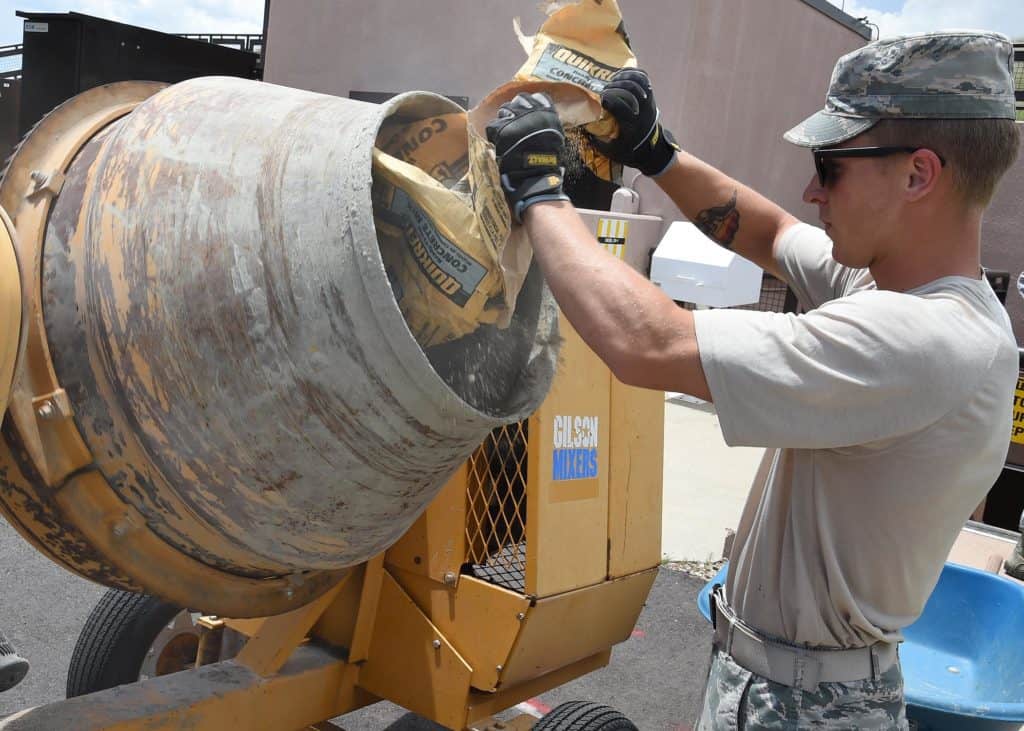
The following are admixtures that help concrete cure quickly and reach adequate strength when cold weather is present:
-
- Accelerators– Calcium chloride admixtures are the most common type of accelerator and are used to speed the curing process by increasing the rate of cement hydration. The amount added to the cement mixture will depend on ambient conditions. Non-chloride accelerators are used in situations where calcium chloride admixtures are prohibited.
- Air Entraining Agents- Entrained air improves concrete’s resistance to damage from freezing and thawing. Air-entraining agents create millions of tiny bubbles within the cement mixture. These bubbles help combat the added pressure that freezing temperatures create within cement paste; they create extra volume to accommodate the expanding nature of ice.
- Superplasticizers- These are high-range water reducers. Superplasticizers can reduce the water content of a concrete mix by 10% – 30%. Because this additive allows cement to maintain its workability, it’s a great option when easy-to-place concrete is still preferred. The effects, however, only last for approximately 45 minutes, so projects must be scheduled accordingly.
Other Cold-Weather Concrete Precautions
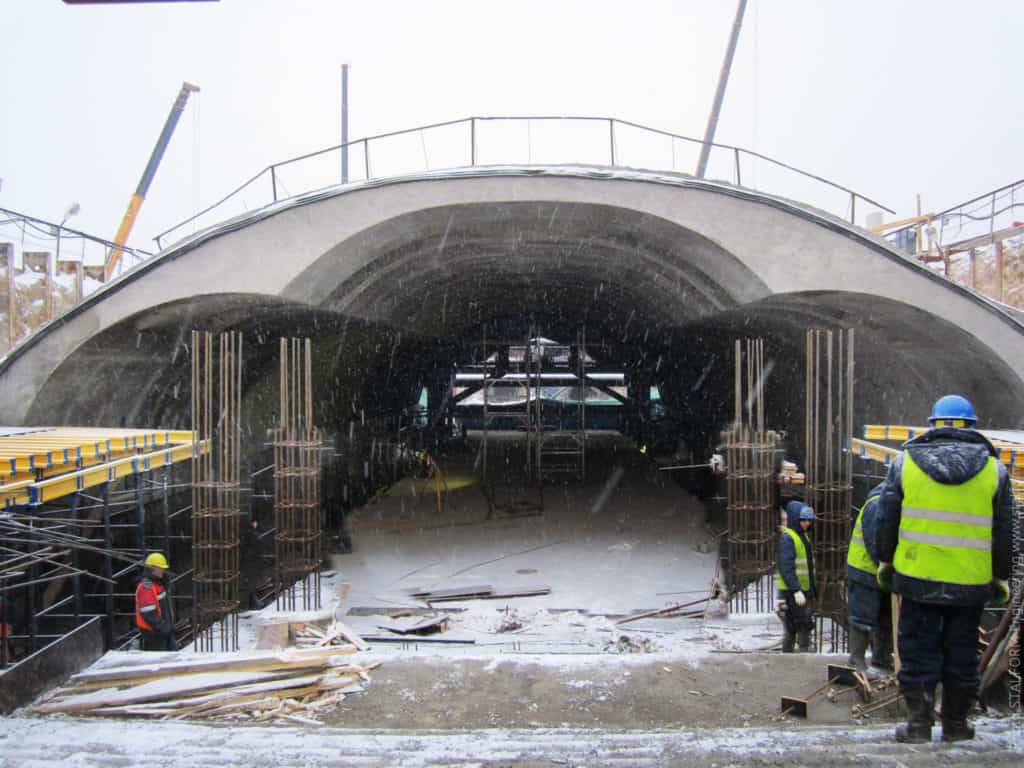
Besides adding cold weather admixtures, here are a few other things you can do to help maintain concrete strength when cement is placed in cold temperatures:
- Thaw the ground- Use heaters or heated blankets to thaw surfaces where concrete will be poured. Pouring concrete on frozen ground will quickly cool concrete well below ideal temperatures. Using a heater to prep surfaces will prevent too-quick cooling or freezing and help keep the necessary reactions going.
- Use hot water in your cement mix- Typically, you should aim to have your concrete mix at 65°F or higher during winter months. Hot water can help you reach this temperature.
- Use Extra Cement- Adding extra cement to your mix ( (typically an extra 100 pounds per cubic yard) will cause your concrete to hydrate more rapidly.
- Use Type III Cement- Type II cement mixes produce a high early strength and hydrate more rapidly.
- Remove Bleed Water- Utilize squeegees or a vacuum to remove bleed water that has a difficult time evaporating during colder weather.
- Use concrete blankets to keep curing cement warm- insulated and heated concrete blankets will keep cement at ideal temperatures as it cures. This will prevent any delays due to extended cure time and strength issues with cured concrete.
Frequently Asked Questions
What is the best admixture for concrete in cold weather?
The best admixtures for cold weather concrete are accelerators like calcium chloride, which speed up the curing process, and air-entraining agents that enhance freeze-thaw resistance.
Is there an additive to keep concrete from freezing?
Yes, using thermal admixtures and accelerators can help prevent concrete from freezing by maintaining the necessary heat and speeding up the hydration process.
What do you add to concrete so it doesn’t freeze?
To prevent concrete from freezing, you can add extra cement, use hot water, and incorporate chemical accelerators like calcium chloride or non-chloride alternatives.
What is the accelerator for cold weather concrete?
Calcium chloride is a commonly used accelerator for cold weather concrete, as it increases the rate of cement hydration and helps achieve high early strength.
Cure your concrete faster and better in cold weather conditions with Powerblanket.


